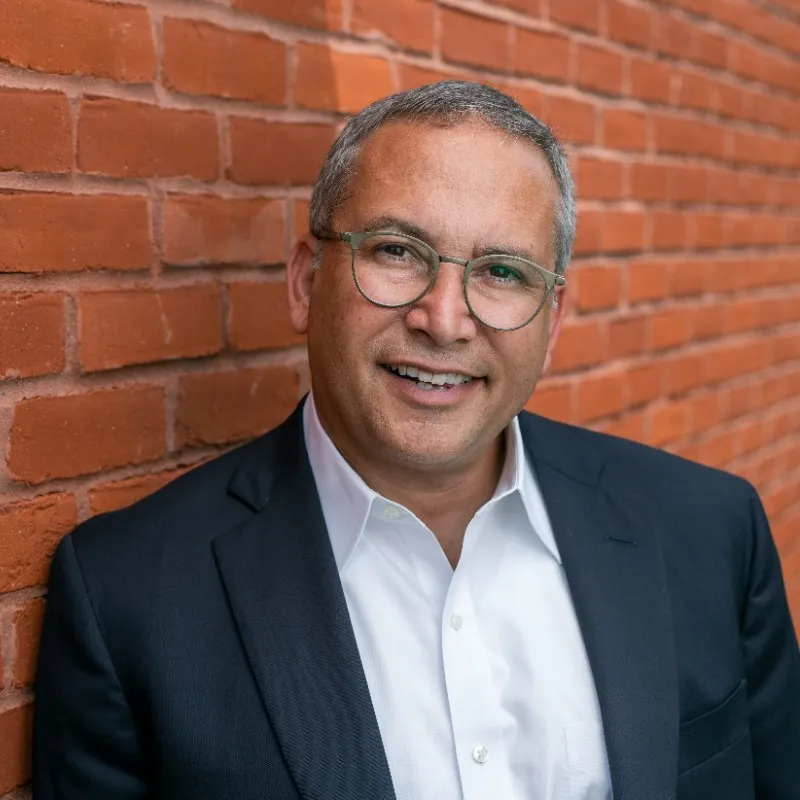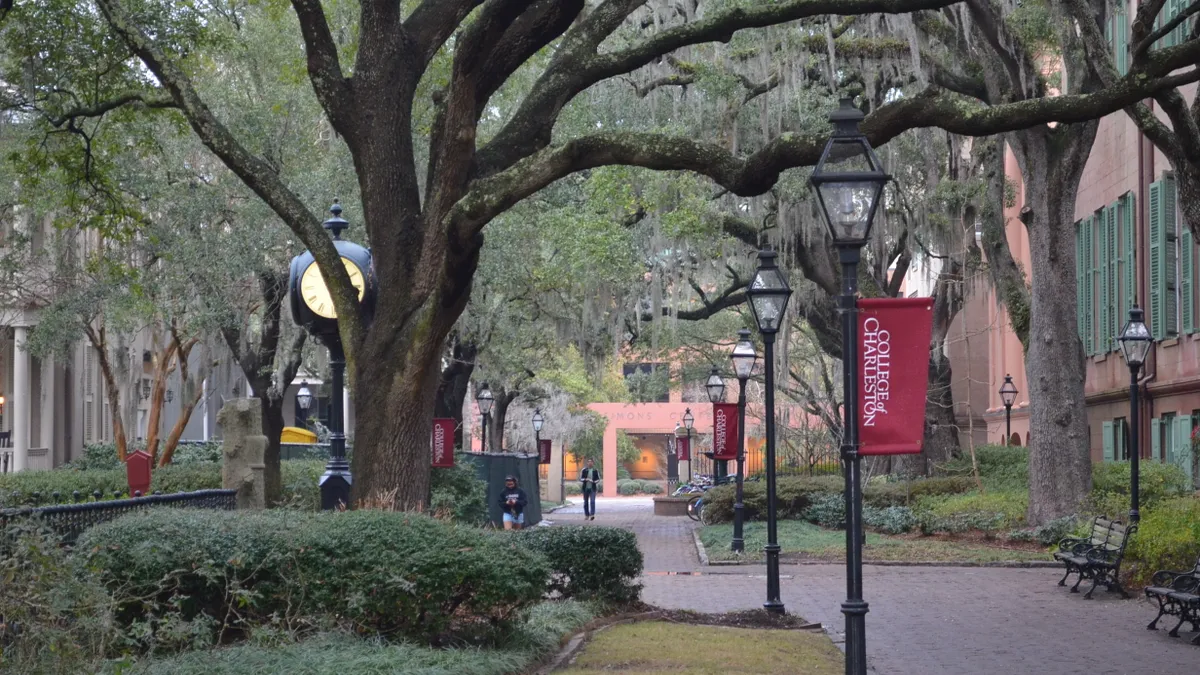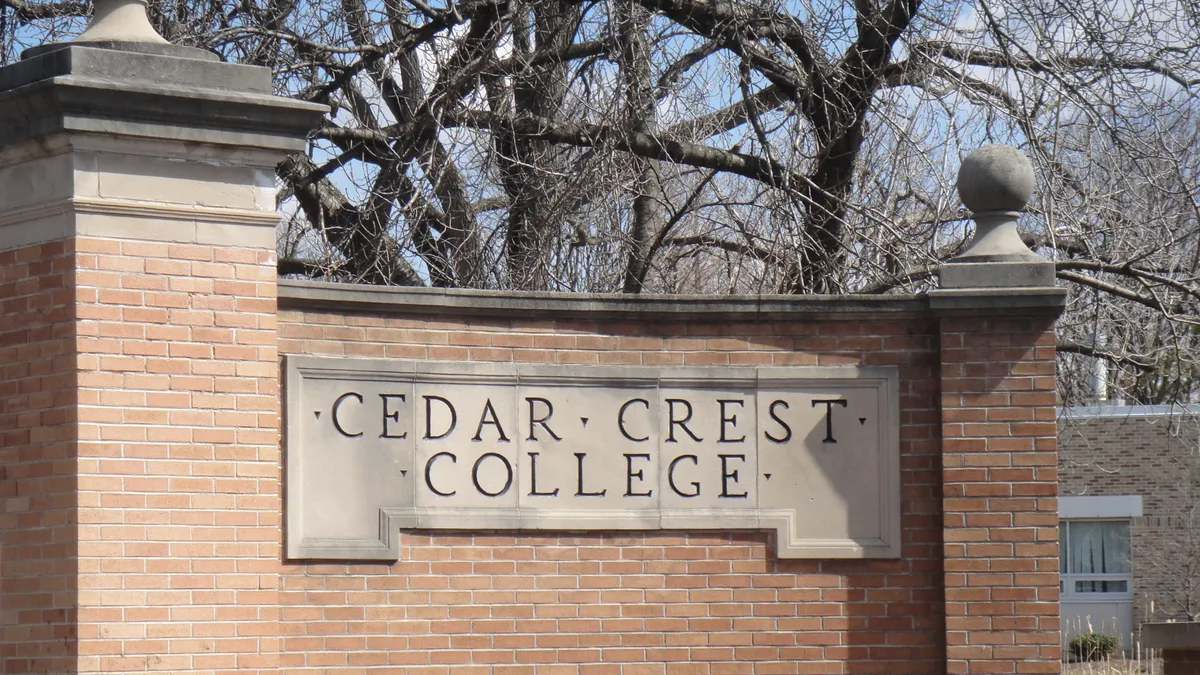Adam Weinberg is the president of Denison University, a private liberal arts college in Granville, Ohio.
Colleges are facing a crisis of faith: high costs, the emergence of artificial intelligence, and a range of other issues threaten to make the prospect of higher education less appealing to students. Part of the solution to reestablishing trust and demonstrating value is for colleges — particularly liberal arts institutions — to revamp approaches to career readiness.
For years, leaders of liberal arts colleges have argued the education their institutions offer is valuable in and of itself. The liberal arts teach students how to think and problem-solve — qualities that can propel them to success in any career.
While this is true, in a competitive and uncertain job market, liberal arts colleges need to shift their positioning away from, “Trust us, learning how to think will be enough.” Instead, the objective should be teaching students how to think and how to be career-ready when they graduate. We need to give students a life-shaping education that launches them quickly and successfully into lives and careers.
For the last decade, I have been part of a team at Denison University asking questions on this topic.

How do we help students explore what kind of life they want to lead? How do we help them identify career paths that will help build these lives? And how do we ensure that our students graduate with the skills, values, habits, networks and experiences to get started?
Making career launch a central part of our classic liberal arts education required focus, commitment, time and attention to nuance. As we get it right, our students are launching quicker and with more success.
Not surprisingly, our applications for admission to Denison have tripled over the past decade.
What we've learned serves as a playbook others will undoubtedly benefit from implementing.
First and foremost, universities too often treat their career services department as an ancillary afterthought, tucked into a small office suite with too few resources and little visibility. That is a losing strategy. The starting place is recognizing that it requires a significant investment in staff, time, money and visibility.
The next step is to align and focus resources in five ways:
Go where the students are. Rather than expecting students to take the initiative, colleges need to weave career services throughout the activities students are already doing, making them unavoidable. This means embedding career work in the first-year experience, connecting with courses, going into residential halls, and working with student groups and athletic teams.
We found success, for example, in reorienting work-study programs to ensure students develop career-related skills — things like learning how to use in-demand technology or going through networking coaching — while working on campus.
Close skills gaps. It's important to speak to campus recruiters when prioritizing career preparedness, asking not just what they look for in students, but why some get rejected. Overwhelmingly, the answer we heard was that it comes down to a need for certain hard skills.
A liberal arts degree helps students develop critical skills like problem-solving, communication, leadership and the ability to work as part of a team. These are vital in the workplace, and liberal arts students tend to do well in these areas. Fortunately, the hard skills that liberal arts students often miss, such as strong Excel skills, are relatively easy to teach.
In 2021, we launched Denison Edge, which offers short certificate and credential programs designed to provide supplementary skill-building experiences. We leverage regional industry professionals to help us design these courses, which has two benefits — students learn from the people who know exactly what they need to know, and students build relationships with potential employers.
Use the whole ice. In an academic setting, it is easy to fall prey to trying to shove everything into the curriculum. This is a mistake. Students are only in classes for a small part of the week, and the semesters are only about 60% of the calendar year. We can and should use the whole week and the whole year.
While summer internship programs tend to attract high-achieving students, we found that running career programs during fall, winter and spring breaks has also been effective. Students often want to return to campus early for these opportunities.
Evaluate, evaluate, evaluate. While there’s no industry consensus on which metrics truly capture the effectiveness of a university career service program, colleges need to be looking beyond the basics. Average salary and employment rates are fine but they fail to capture the whole story of success. In the modern economy, for example, a student’s first job rarely indicates career success — it’s their second that determines their trajectory.
We measure three things: the number of students landing internships and jobs at the top companies and organizations in their chosen professions, upward mobility for lower- and middle-income students, and a Net Promoter Score — a commonly used survey to measure customer loyalty. The NPS lets us understand how well our students and alums believe their college experience prepared and launched them into their careers.
Lean on — and into — networks. Staff within career service centers need to realize they don’t need to do it all themselves. They can be the conductors of the orchestra. Every college has an alumni and parent network and often a network of local companies and organizations.
Institutions need to fully organize and leverage these networks to create robust career service programs and identify mentors for students. We realized that one of the most important things we could do to support our career service team is to invest in a stronger alumni and family engagement office.
College should be a great four years, but not the best of our students' lives. Higher education should set students up for a life they could never have imagined when they arrived on campus. To do this, it’s time to pay as much attention to career services as we do to other parts of a student's college experience.






















